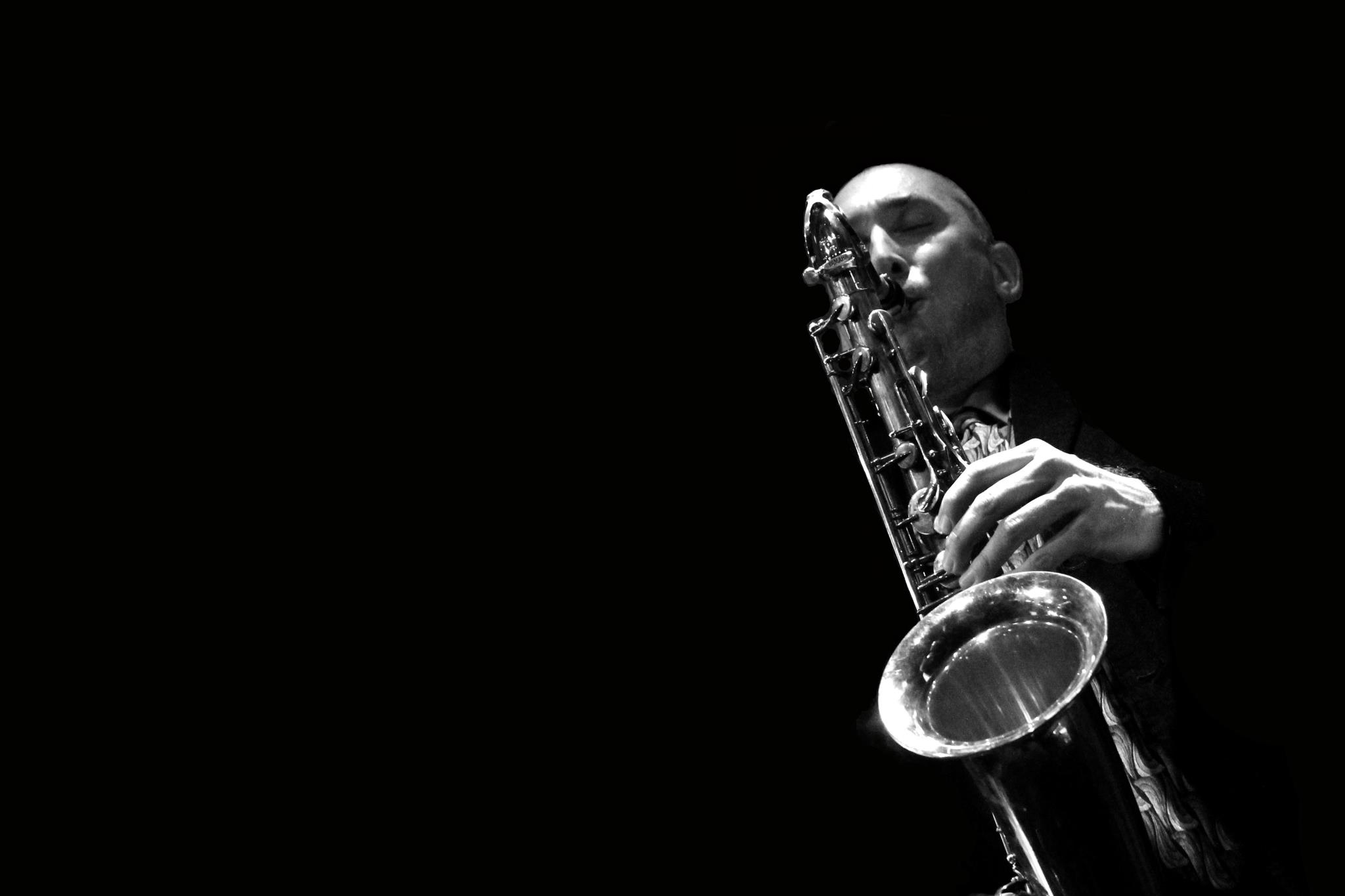A continual study of triads helps to build an ever strengthening grasp of the underlying structure of both melody and harmony. Using this simple approach will help you explore all the types and inversions of triads as well as the 6 ways in which you order the notes.

There are 4 basic triad types.
- Major (1-3-5 or C-E-G)
- Minor (1-b3-5 or C-Eb-G)
- Diminished (1-b3-b5 or C-Eb-Gb)
- Augmented (1-3-#5 or C-E-G#)
Beyond that any group of 3 notes could arguably be called at “triad”. We’ll just be looking at the basic 4 types.
Next, there are 3 basic inversions.
- Root Position (The note C or the Root is in the lowest Voice 1-3-5 or C-E-G)
- 1st Inversion (The note E or the 3rd is in the lowest Voice 3-5-1 or E-G-C)
- 2nd Inversion (The note G or the 5th is in the lowest Voice 5-1-3 or G-C-E)
Last there are 6 orders of notes. This is often the part that is overlooked in triad study. (6 note orders for each of the 3 inversions – a total of 18 melodic structures for each triad type).
- 1-3-5
- 1-5-3
- 3-1-5
- 3-5-1
- 5-1-3
- 5-3-1
Here is the PDF the clearly outlines the concept of Triad Type, Inversion Type and Order of Notes all in C:
Use the mp3 below to sing along, play along or visualize along with. It is based on the Triad PDF above.
Faster:
Remember to work on this concept in all 12 keys. Coming up with a daily routine that includes some triad work will help you expand on your basic musical knowledge.
Alternatively, use drones to create different harmonic contexts for your triad practice. You can play over a root, 3rd or 5th from the triad or and other chromatic note to hear how the triad can be used over different bass notes creating different harmonic implications.
Use a piano to generate a pedal or drone or purchase the bass drones here.
~Come study with me at KU and get your degree at the same time~
To support mattotto.org please visit the store: https://mattotto.e-junkie.com/







